How To Explain Orton-Gillingham to Families
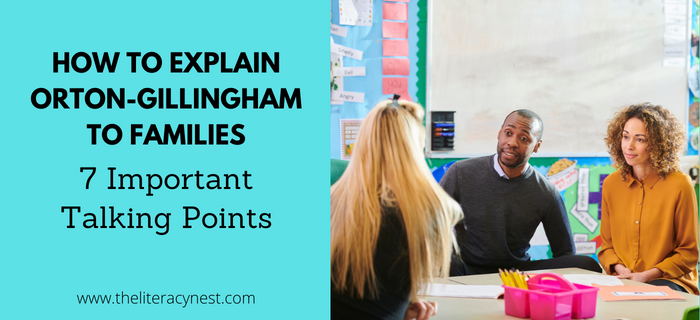
Explaining Orton-Gillingham to families isn’t always easy.
It can be a challenge to avoid using a lot of technical language and jargon when talking about dyslexia and the parts of an Orton-Gillingham lesson. Many times, parents seeking tutoring services are told their child should receive Orton-Gillingham instruction or sometimes a specific O-G-based program. However, they’re not given much guidance on what that means.
To help parents better understand Orton-Gillingham tutoring, I will often touch on a few important points. I also recommend the book, Parenting a Struggling Reader: A Guide to Diagnosing and Finding Help for Your Child’s Reading Difficulties by Susan Hall and Louisa Moats.
Here are seven points I always explain to families about Orton-Gillingham:
1. The origins of O-G
Talking to parents about Samuel Orton and Anna Gillingham and their discovery and development of techniques that work particularly well for students with language-based learning disabilities is a good foundation. My goal is to do this without sounding like a history textbook. It is helpful to know that Orton-Gillingham methods have a lot of research and evidence backing up their efficacy.
2. The difference between a program and the Orton-Gillingham approach
Many parents are confused. They’ve heard of one or more of the popular Orton-Gillingham-based programs that are widely used in special education. One of these programs may be mentioned by name in recommendations from psychological testing or may be offered to their child at school when the recommendations say Orton-Gillingham. They often wonder where OG or one of these other programs fits in.
I like to help parents understand the difference between a program that is Orton-Gillingham based, with its own scope and sequence, areas which it gives increased emphasis or areas that it may not address and what is sometimes referred to as “straight OG”. I like to help them understand that regardless of which is used, they want to see certain characteristics present.
3. What multi-sensory instruction means
Multi-sensory is an example of a buzzword that parents may hear, but never really have explained to them. I give parents a brief overview of what multi-sensory teaching looks like. I also touch on how using multiple senses gives students multiple pathways for learning and retrieval. Using this language triangle poster may help.
4. Orton-Gillingham instruction is individualized
Several of the key principles of Orton-Gillingham instruction, such as being diagnostic, prescriptive, and flexible, can really be summed up by explaining that the lessons are individually designed for each child. Pacing, review, word choices, and the precise sequence of lessons are decided on the basis of the child’s performance and response to instruction.
Looking for more Orton-Gillingham resources? Check out all of mine, right here!
5. Orton-Gillingham is systematic, sequential, and explicit
Many parents, teachers, and kids believe that English is crazy. While this may seem to be true at first, scratching the surface and engaging in a deep understanding of the language reveals order and logic.
Unlocking this order and logic for students systematically through carefully designed lessons leads students to become extremely informed about the inner workings of the English language. While this expertise comes from needing to learn about reading and writing in a different way, it can also be tremendously helpful in boosting a student’s concept of themself as a smart and capable learner.
6. What a typical OG lesson includes
Giving parents a little overview of a lesson can help to show ways in which the lesson includes phonics, phonological awareness, and morphology. It can demonstrate the work that happens both on decoding and encoding as well as teaching syllabication and spelling generalizations.
“What Does An Orton-Gillingham Lesson Look Like?” goes in-depth if you need more information.
I like to explain the importance of using controlled text as well as eventually using uncontrolled text. I also like to talk about how sight words, comprehension, vocabulary, or other cognitive training are woven into their instructional program.
7. Teacher training
I think one of the most important things for parents to understand is what sort of training they should expect from a highly qualified Orton-Gillingham instructor. In some cases, a student is receiving an Orton-Gillingham-based program at school, but not making a lot of progress. Here, I help parents to see that the intensity, individualization, or level of instructor training may be the issues. I then encourage parents to find and secure instruction to better meet the needs of their child.
If you are a parent seeking an Orton-Gillingham-trained tutor for your child, check out these tips.
This is a lot of information for anyone, let alone someone without a background in education. A picture is worth a thousand words. Sitting in on an Orton Gillingham lesson and seeing their child at work is often hugely helpful for parents to understand a bit more about OG instruction.
Check out this video for a deeper look at how I explain Orton-Gillingham to families…
Looking for a printable handout for families? This FREE informative pamphlet can be a takeaway for parents to refer to and may answer many of their questions.
Did you know… the Literacy Nest connects parents to private Orton-Gillingham tutors?
Using the Tutor Finder Directory, parents can search a database of OG-trained tutors.
- Parents can easily search by country (the US and Canada), State, and City.
- You can customize your profile to include: your picture, location, rate, and what you’re available for.
- Parents can contact you directly based on your preference: phone or email.
- You can feature a bio, as well as your experience, education, and Orton-Gillingham training information.
- Add your website and additional social media accounts where you can be followed!
If you’re a teacher or tutor trained in the Orton-Gillingham approach, add your name to the tutor finder: Orton-Gillingham Tutor Directory
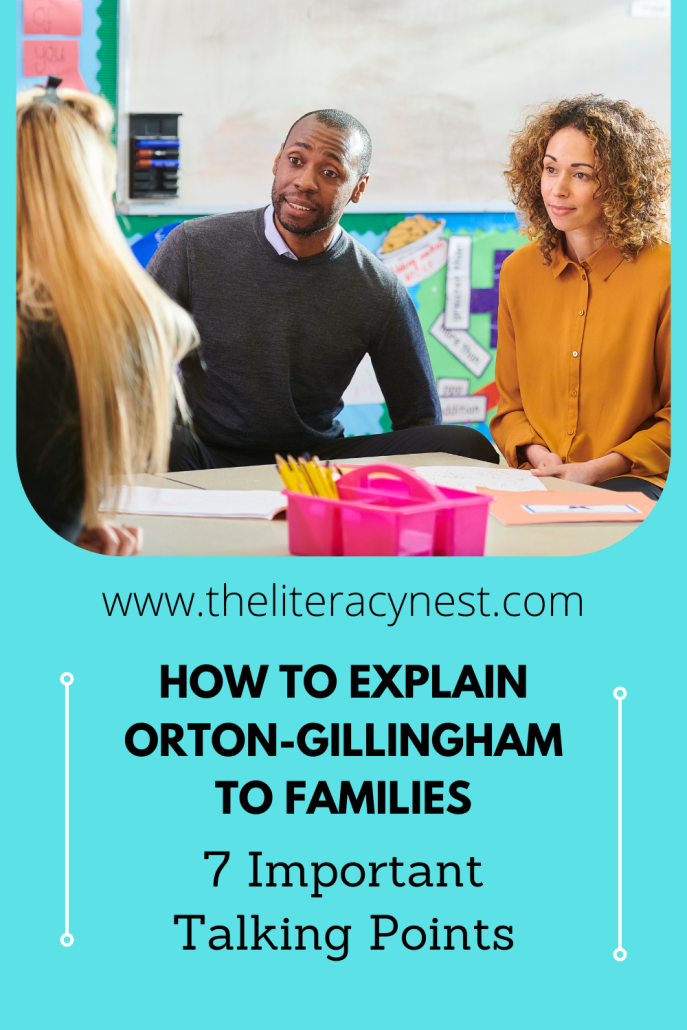

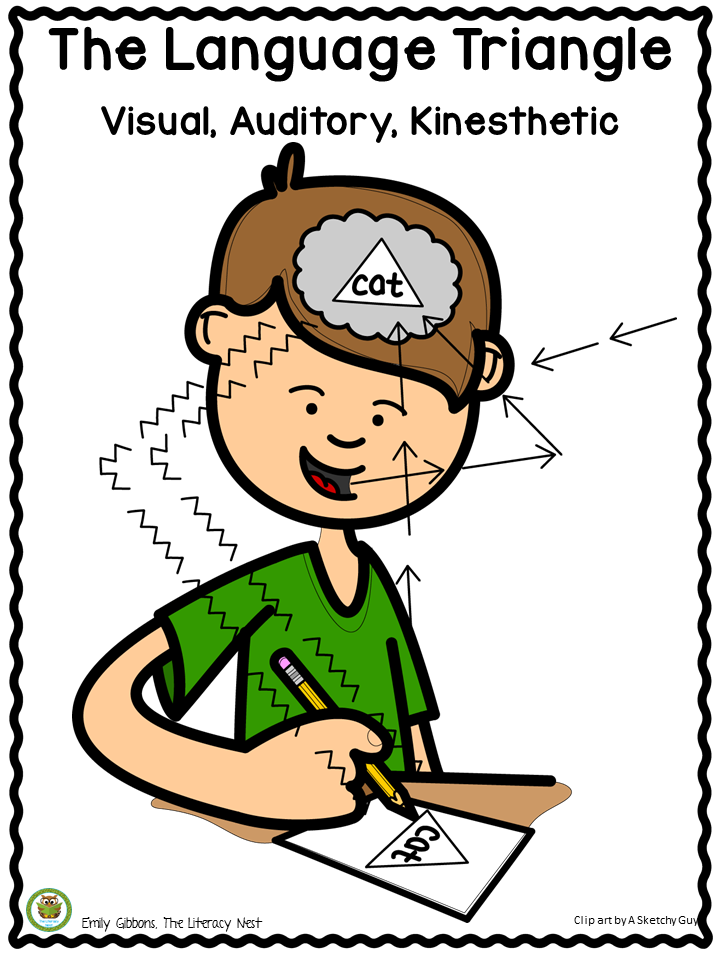
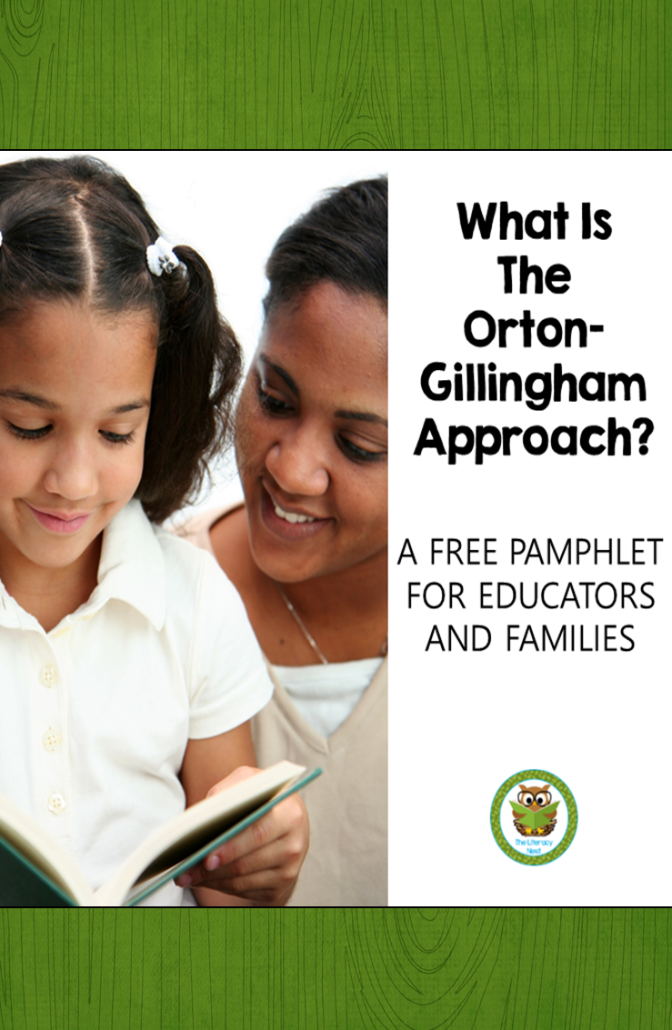
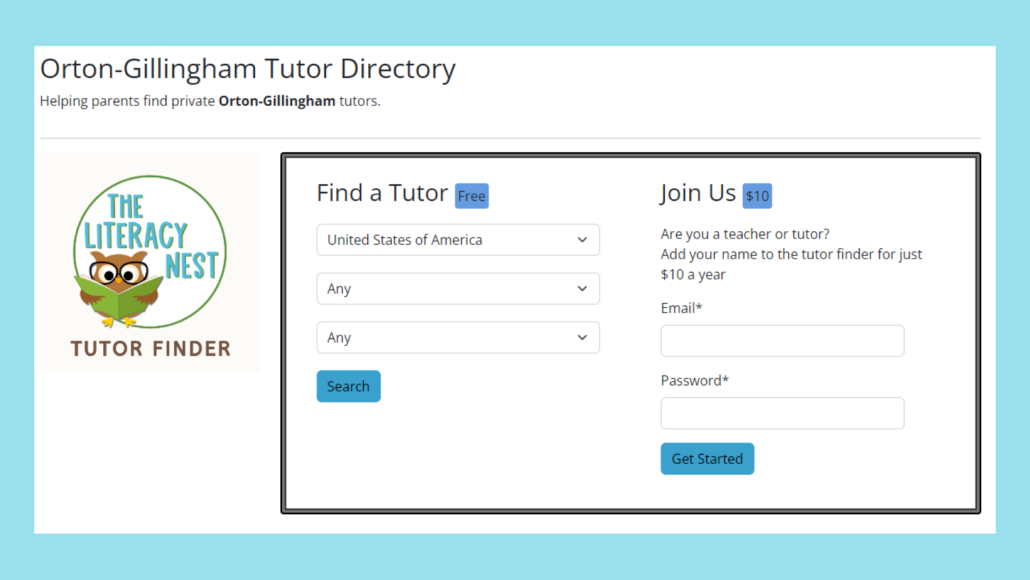
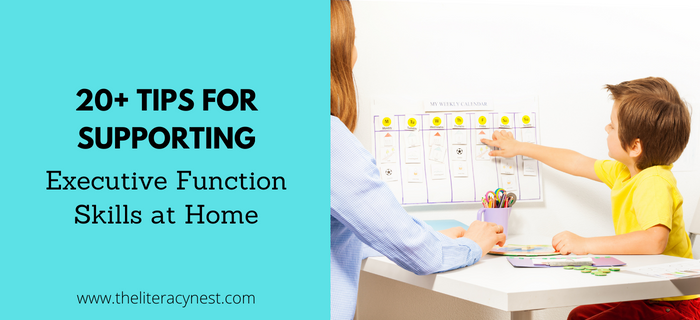
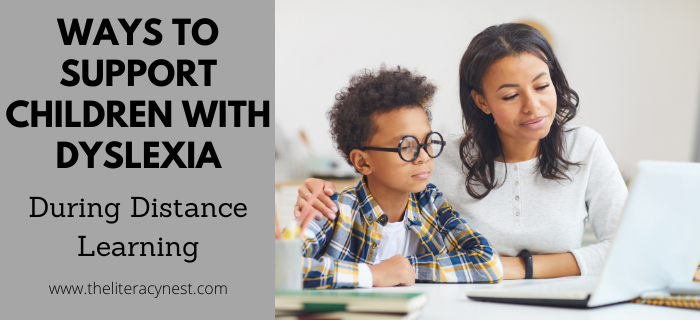



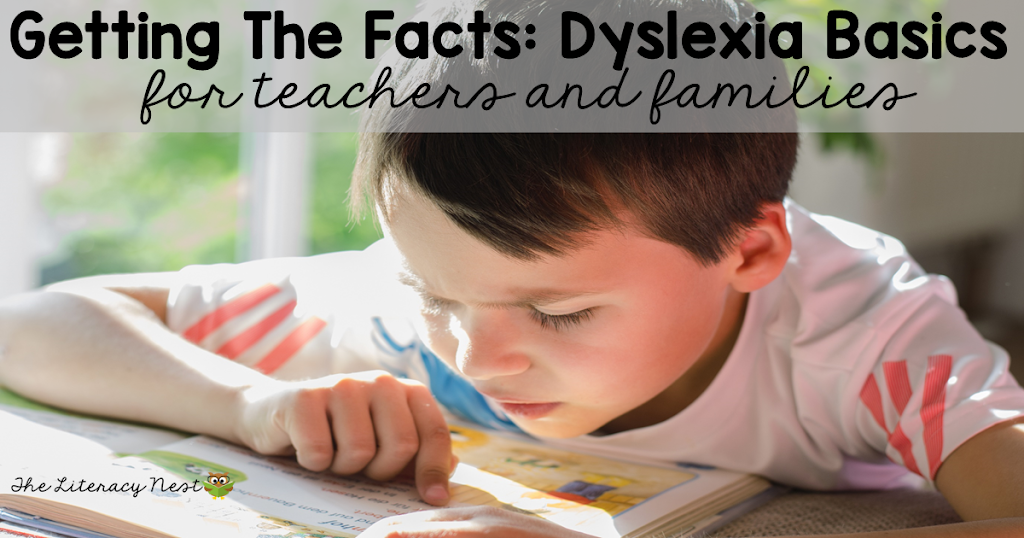
It was awesome that you emphasized the importance of explaining to parents that the Orton-Gillingham methods are backed by evidence and research. In my opinion, this is important for parents to understand because it means their children will be using methods that have been tried and tested. I will have to look more into Orton-Gillingham methods.
O-G is so highly effective for a great many students. Thanks for stopping by and reading!